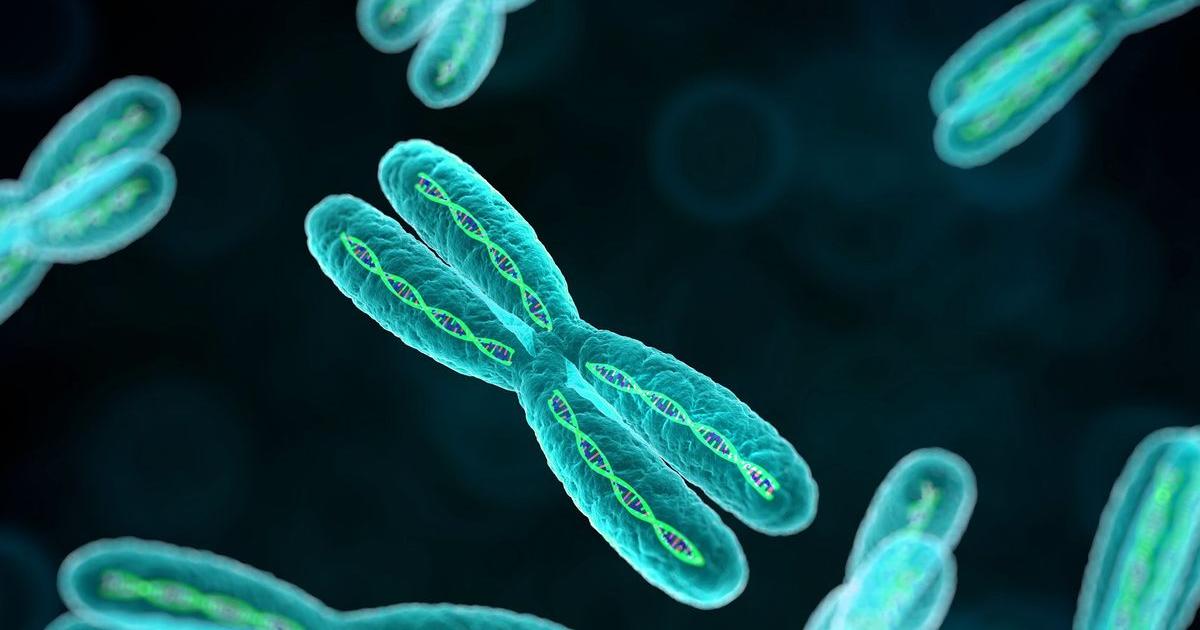What Are The Types Of Leukodystrophy?
Alexander Disease

Alexander disease is a rare type of leukodystrophy best characterized by abnormal deposits of protein in the body and progressive destruction of the myelin sheath on nerve cells. Nine out of ten Alexander disease cases are caused by mutations in the GFAP gene, which helps the body produce glial fibrillary acidic protein. The mechanism that links the absence of this protein to the disease is not clear. Common symptoms of the neonatal and infantile forms of Alexander disease include seizures, motor disability, intellectual disability, physical and developmental delays, and an abnormal increase in the size of the head.
Common symptoms seen in the juvenile and adult form of Alexander disease include vomiting, speaking difficulty, moss of motor control, problems swallowing, and poor coordination. Physical examination and genetic blood testing are used to help a physician make a diagnosis of Alexander disease. Treatment for Alexander disease focuses on the mediation of symptoms because there is no cure. Medications, supplemental nutrition, physical therapy, and surgery to relieve hydrocephalus may be used as treatment.
Metachromatic Leukodystrophy

Metachromatic leukodystrophy is a disease where an individual's body does not produce enough of an enzyme referred to as arylsulfatase A. Arysulfatase A metabolizes certain fats called sulfatides, which are effectively broken down in healthy individuals. However, these sulfatides start to build up in the cells of vital organs, including the brain, spinal cord, and kidneys, when an individual lacks arylsulfatase A. Most cases of metachromatic leukodystrophy are caused by an inherited genetic mutation that causes this enzyme deficiency.
Symptoms of metachromatic leukodystrophy include abnormal muscle movement, decreased mental function, difficulty walking, frequent falls, irritability, problems with nerve function, difficulty speaking, behavior problems, decreased muscle tone, difficulty eating, incontinence, loss of muscle control, seizure, and difficulty swallowing. Blood tests, physical examination, urine tests, nerve conduction study, and MRIs are used to diagnose metachromatic leukodystrophy. Treatment for metachromatic leukodystrophy includes medications, therapy, nutritional assistance, bone marrow transplant, and cord blood transplant.
